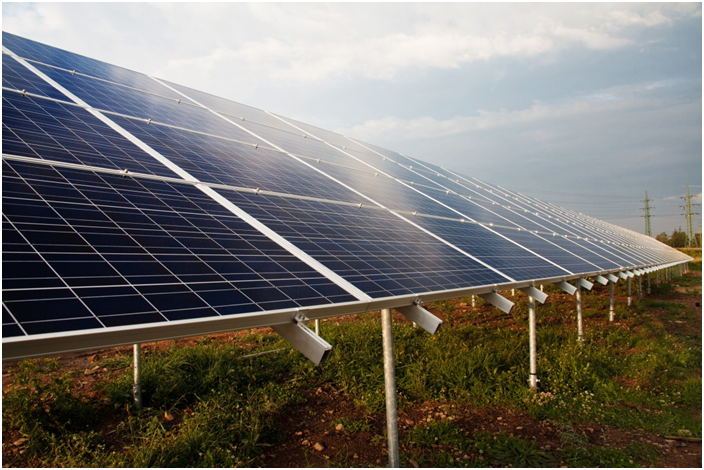
Charles R. Goulding and Preeti Sulibhavi examine European-driven opportunities for 3D printing in U.S. sustainable energy initiatives.
In the last few weeks, we have had two huge European companies contact us regarding first-time U.S. expansions that target alternative energy projects. Clearly, these companies sense a more favorable approach by the U.S. Federal Government to alternative energy, while their respective home countries’ markets are suffering. Some of President Biden’s first initiatives have been re-entry into the Paris Agreement, termination of the massive Keystone XL Pipeline project with Canada, and suspension of Arctic National Wildlife Refuge drilling.
The two companies that contacted us recently have deep expertise garnered over many years since Europe completed a much greater number of alternative energy projects including solar, wind, and combined heat and power (CHP). The recent U.S. stimulus package included tax legislation that made the IRC Section 179D building tax incentives for LED building lighting, HVAC, and rooftop improvements permanent tax legislation. The rooftop tax incentive is very beneficial for commercial buildings preparing for solar photovoltaic (PV) installations. The same U.S. legislation also improved the solar tax credit. It is anticipated that the Biden Administration will make further improvements to the alternative energy tax credit regime, including extending soon-to-expire benefits for some technologies. Many U.S. states have alternative energy percentage mandates or thresholds as well as goals for future years.
Wind
The cost of wind energy has greatly improved, making it more market-competitive. After many years of discussion, large wind projects on the East Coast of the U.S. are now authorized to commence. We have written about 3D printing opportunities for wind energy projects in such industries, including concrete products that are needed for the base of wind turbines.
In January 2021, Ørsted, the large Danish engineering energy firm, announced the $15,000,000 funding of the New Jersey trust fund (Pro-NJ) to help support the small business wind ecosystem in New Jersey. The Marine Terminal located in Brooklyn, New York is being improved so that the large wind turbines can be transported by ship.
Solar
Solar technology continues to improve with both increased electricity generated per cell and reduced per cell installation costs. The electrical generation of energy by solar power is augmented by energy storage systems. It is anticipated that the Biden Administration will support new tax credits for energy storage systems as well. Solar installations require a wide variety of securing hardware which is increasingly 3D printed.

Geothermal and Combined Heat and Power
Geothermal and CHP are both complicated and often involve HVAC systems that require valves and pumps that can be 3D printed. Geothermal power is considered to be a sustainable, renewable source of energy because the heat extraction is small compared to the Earth’s heat content. This is an emerging area in the alternative energy industry and should not be overlooked.
Geothermal systems operate continuously as compared to solar and wind, which can only generate electricity intermittently when the sun is shining or the wind is blowing.

The Research & Development Tax Credit
Whether it’s used for creating and testing prototypes or for final production, 3D printing is a great indicator that R&D Credit eligible activities are taking place. Companies implementing this technology at any point should consider taking advantage of R&D Tax Credits.
Enacted in 1981, the now permanent Federal Research and Development (R&D) Tax Credit allows a credit that typically ranges from 4%-7% of eligible spending for new and improved products and processes. Qualified research must meet the following four criteria:
- Must be technological in nature
- Must be a component of the taxpayer’s business
- Must represent R&D in the experimental sense and generally includes all such costs related to the development or improvement of a product or process
- Must eliminate uncertainty through a process of experimentation that considers one or more alternatives
Eligible costs include U.S. employee wages, cost of supplies consumed in the R&D process, cost of pre-production testing, U.S. contract research expenses, and certain costs associated with developing a patent.
On December 18, 2015, President Obama signed the PATH Act, making the R&D Tax Credit permanent. Since 2016, the R&D credit has been used to offset Alternative Minimum Tax (AMT) for companies with revenue below $50MM and, startup businesses can obtain up to $250,000 per year in payroll tax cash rebates.
Conclusion
The U.S. 3D printing community should monitor European entry into the expanding U.S. alternative energy market. Although European companies have demonstrated capability in the alternative energy market they may not be aware of the full potential of the U.S. 3D printing industry.
